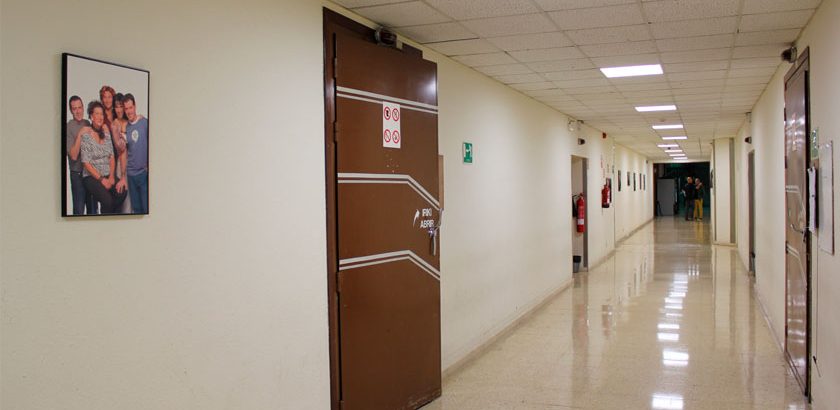ETB chooses Riedel for New Intercom System at Miramón Production Center.
CIRCUMSTANCES OF THE PROJECT
In the summer of 2013 Euskal Telebista (ETB) launched a public tender for the supply, implementation, and support services for a new intercom system for their main production center in Miramón.
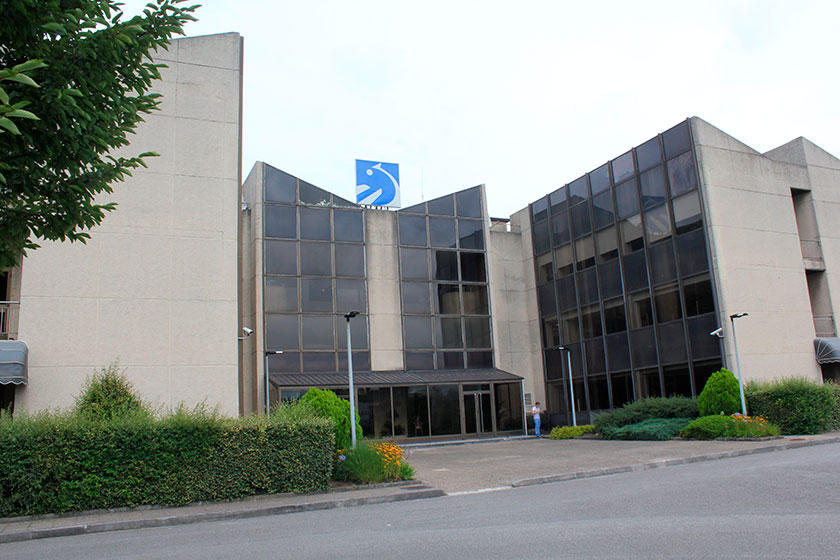
After a detailed evaluation of the benefits and quality testing process of the solutions presented to the tender, Crosspoint was awarded the project for an Artist system from Riedel Communications.
COMPOSITION OF THE SOLUTION
The solution consisted of a 160×160 port intercom system, composed of an Artist 128 and Artist 32 mainframes. In terms of port usage, 56 ports were configured for control panels, 80 ports for analog 4-Wire, 8 ports for VoIP usage, and 8 ports for the Party Line system. Each frame features fully redundant power supplies and redundant CPU´s. There are a total of 46 Series 2000 control panels, one commentator control panel CCP-1116, 10 wired belt packs, and client cards with VoIP technology.
In conclusion, the system delivered is a complete solution with all the robustness and functionality that has made Riedel intercom solutions the market benchmark.
STARTING AND AIR OUT
While providing all the materials in early 2014, it was the weekend before Easter, 12th and 13th of April, when the system was used on-air for the first time. This was a good time to make sure that everything was operating perfectly since the Miramón production center doesn’t air live content on weekends and, moreover, the rate of production falls during the Easter holidays. We started by testing all internal communications, and then with the comms between Miramón and ETB headquarters in Bilbao.
Recently, in September of this year, ETB completed the upgrade and refurbishment, which also included the new Riedel intercom system.
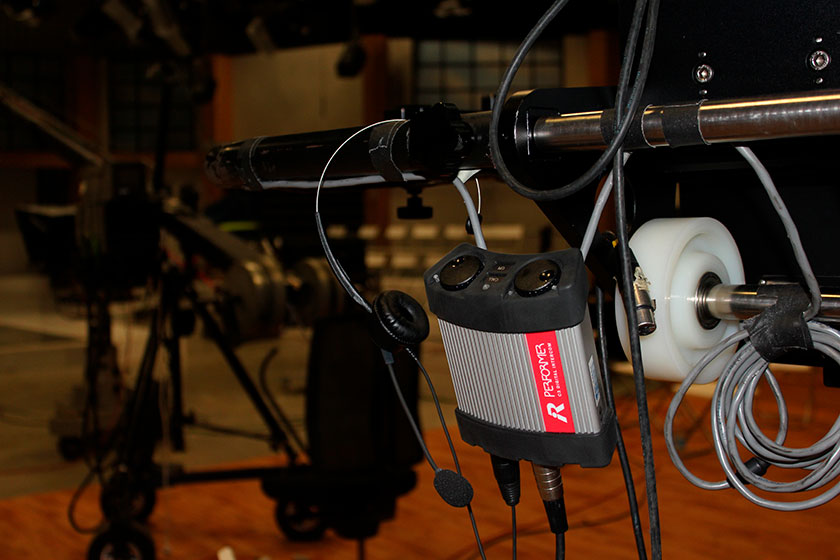
SYSTEM CAPABILITIES
It is a powerful digital intercom system, equipped with the latest features on the market, whose design is the result of many years of research, development and continuous communication with the most demanding customers. It is therefore not surprising that this is the regular intercom solution used in big events like Formula 1, Red Bull Stratos, Red Bull Air Race, Red Bull X-Fighter, and the most renowned sporting events worldwide.
The Artist solution delivered to ETB consists of a distributed and decentralized, scalable architecture. Throughout the entire system there is AES3/EBU audio quality, level controls at each individual cross point, non-blocking connections, and redundant power supplies and controllers. All interface cards are hot-swappable.
Among the many capabilities of the system, it is important to highlight that configuration, monitoring, and control are all taken care of with the Director software. This simple and intuitive interface allows complex configurations and settings, for example, to edit the IFB’s remotely from the panels for managing the PSTN and ISDN telephone lines. Another interesting feature is the option to make partial configurations. This allows the operating staff of ETB to call and save configuration files on just one part of the system without affecting the communications that are being made in other areas of the production center.
The CCP-1116 commentator panel has proven to be particularly useful for remote commentators in the production center in Miramón in cases where the sports broadcasts originate from Bilbao. Located in the 2nd announce booth in Miramón, the CCP-1116 combines the characteristics of 2 commentator panels into a single panel with all the advanced features of the Riedel 1100 series control panels.
The ability to integrate VoIP technology into the system has enabled ETB to set 8 IP communication lines between the production center in Miramón and the headquarters in Bilbao, with six of them in constant use. This, plus the ability of the Artist to manage panels remotely, allows us to manage the journalist terminal and make required configuration changes on weekends when there are no technical personnel in Miramón, all from the Bilbao headquarters.
USER EXPERIENCE
Since the system has been put in operation, the staff of ETB has been thrilled with its capabilities and how it has impacted their daily work. Juan Carlos Loroño, head of ETB production centers, said, “The Director software enables numerous functionalities that allow us to benefit greatly from the system. We can establish profiles for several different group administrators, trigger actions over GPIs, and remote panels according to predetermined logical processes. Furthermore, the possibility of having input/output audio connections in different panels and wire the control panel over coaxial cables have simplified our installation.”
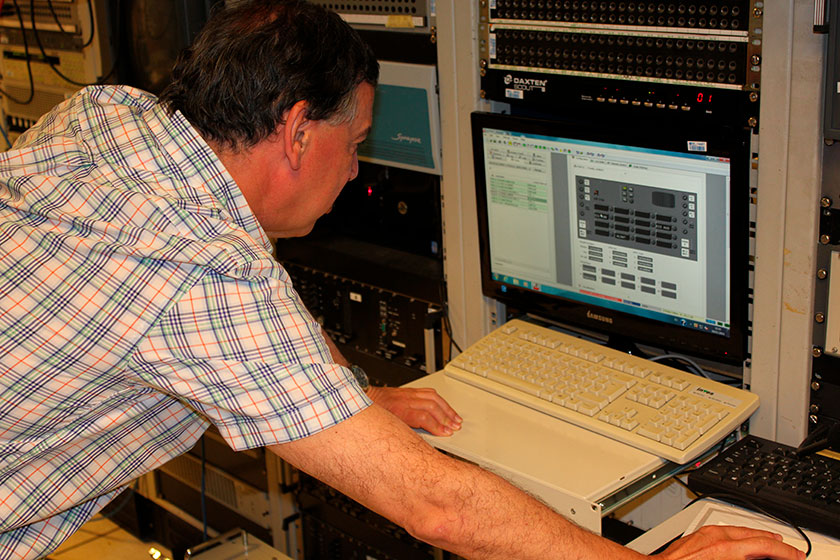
“The CCP-1116 is allowing us to cover most sporting events that originate from the center in Miramón”, continued Loroño. “With the CCP-1116 installed in the 2nd commentator booth, we also solve the cases in which two commentators speak the same language. In addition, the panel is already set up and ready to take care of any need for simultaneous translation that might come up. For example, cases where there are different translators for 2 languages, or when there is a change of the role (one translates the audio of the guest to air, and the other one translates the audio program to the earpiece of the guest) or, on those occasions when a double translation is required.”
“The CCP-1116 is allowing us to cover most sporting events that originate from the center in Miramón”
Similarly, Juan Olalde, technical coordinator of the production center in Miramón, is very pleased with the flexibility offered by the system. The ability to change the configuration of one studio production while not affecting the configuration of another studio production is very important. “This flexibility allows us to perform the multiple simultaneous changes needed in the daily preparation of a program and save them in partial files that are organized by the type of production, personnel available, or operating model,” said Olalde.
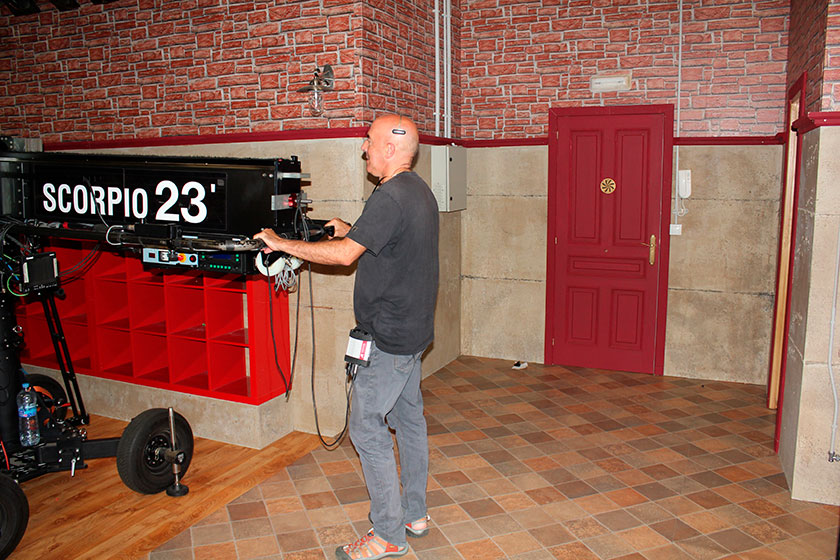
“This flexibility allows us to perform the multiple simultaneous changes needed in the daily preparation of a program and save them in partial files that are organized by the type of production, personnel available, or operating model”

